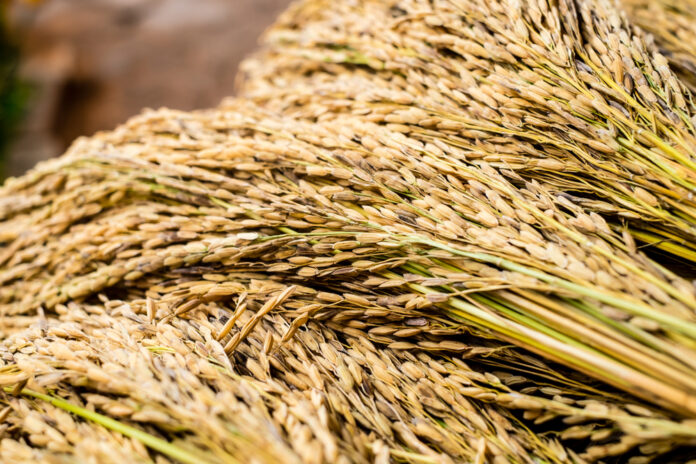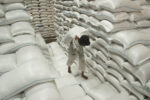The price of palay or unhusked rice has seen a significant surge in May, raising concerns about its potential impact on the retail price of the commodity in the coming months.
The increase comes in the wake of the National Food Authority Council’s decision to raise the agency’s buying price for palay to as high as P30 per kilo, up from a previous ceiling of P23 per kilo set in mid-April. The move, aimed at supporting local farmers, has led to a notable uptick in the average palay price for May, following a gradual decline from its peak of P28.66 per kilo observed in January.
Data from the Philippine Statistics Authority sheds light on the situation, revealing that the average price of the fancy rice variety reached P27.55 per kilo in May. This marks a significant increase from April’s average price of P25.20—the lowest recorded this year—and represents a substantial rise from May last year’s average of P21.32 per kilo.
Similarly, for other rice varieties, the national average price rose to P24.81 per kilo in May, up from P24.51 in April and P19.06 in May last year.
Despite meeting the procurement target of 3.36 million in the first six months this year, the NFA continues to purchase palay upon farmers’ requests, who enjoy an income windfall from the higher buying price. With a procurement budget of P17 billion allocated this year, including P8 billion carried over from a year earlier, only around P5 billion of the budget has been utilized thus far.
Data from the Philippine Statistics Authority paints a similar picture, with Region III—encompassing the major rice-producing provinces as Bulacan, Pampanga, and Nueva Ecija—seeing a significant increase in the average price
per kilo of rice to P29.75 in May. This marks a substantial rise from April’s average of P24.57 and May last year’s average of P21.74 per kilo. The May average palay price is the second highest recorded this year, following January’s average per kilo price of P30.78.
Elevated rice and other food prices helped keep inflation high, with food weighing heavily on the consumer basket, especially for the bottom 30 percent income household. In May, rice contributed 1.7 percentage points to the 3.9 percent headline inflation and 3.7 percentage points to the 5.3 percent inflation for the bottom 30 percent income households.







